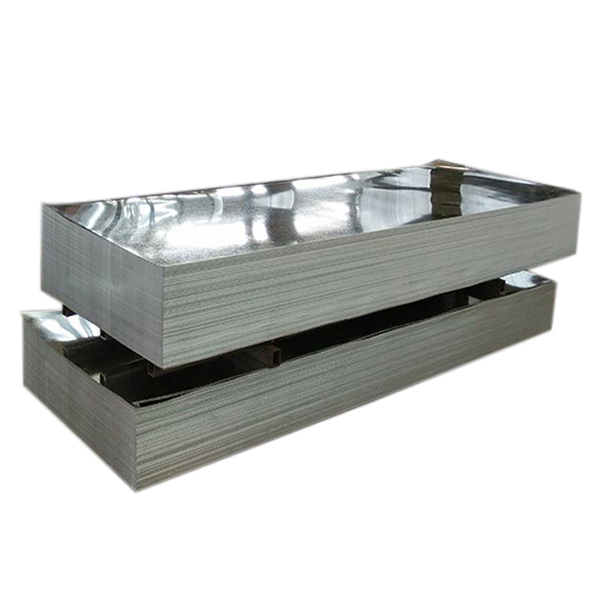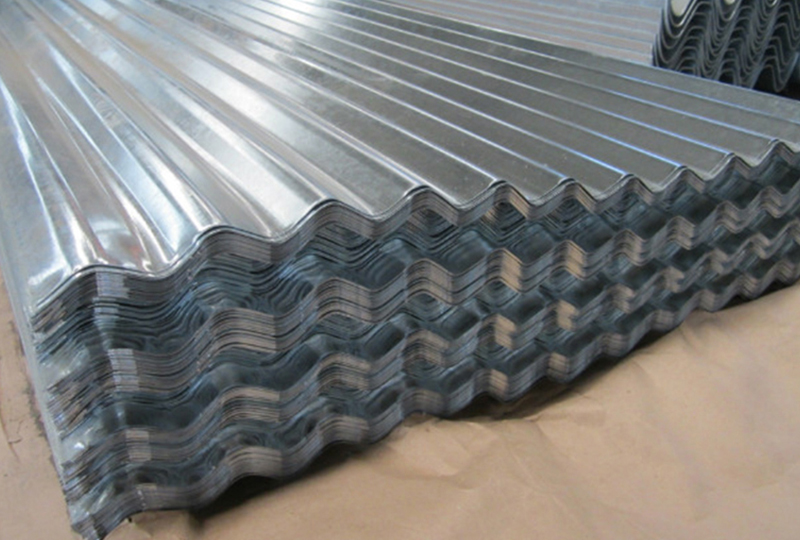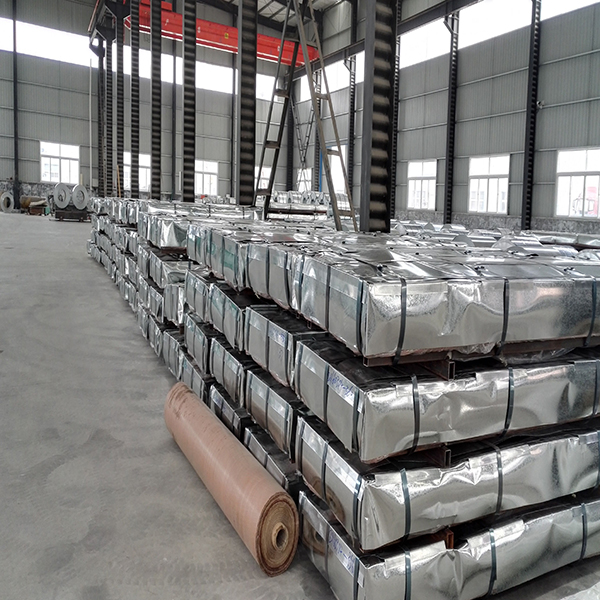The high-speed expansion of the photovoltaic industry is welcoming "cooling." On June 1, the National Development and Reform Commission, the Ministry of Finance, and the National Energy Administration issued the "Notice on Issues Related to Photovoltaic Power Generation in the 2018 China Market" (hereinafter referred to as the Notice), requiring reasonable grasp of the pace of development and optimizing the scale of new construction of photovoltaic power generation. The sharp shrinkage of new installed capacity will put tremendous pressure on domestic PV manufacturing industry, and a new round of industry reshuffle is coming. Affected by the notice, the PV sector of A-shares also ushered in a round of policy-level impact. However, the industry believes that the new PV business has stepped on the "quick brakes" of the fast-growing Chinese PV industry. In order to alleviate the problem of consumption, it also leaves room for development of advanced technology and high-quality photovoltaic power generation projects. (Package Fang Ming) focused on photovoltaic
REVIEW New Deal is the size limit, limit index, falling subsidies, specifically the 2018 general photovoltaic power plant temporarily arrangements; May 3 this year after grid photovoltaic projects (except for Poverty Reduction Project), various types of subsidies On the basis of the previous reduction of 5 cents; the total size of distributed photovoltaics in 2018 is 10GW, and according to this year's distributed new installed capacity, the 10GW quota has been basically completed. Due to the new PV strategy launched by the three departments, the just-on-the-shoulder Children's Day was seen by PV practitioners as an "adult festival" that grew up overnight. On June 1, the National Development and Reform Commission, the Ministry of Finance, and the National Energy Administration issued the "Notice on Matters Related to Photovoltaic Power Generation in 2018" (hereinafter referred to as the Notice), in which "the improvement of photovoltaic power generation price mechanism and the acceleration of photovoltaic power generation price retreat" And the content of stopping distributed PV subsidies triggered hot debates and shocks. The focus of the notice is to limit the scale, limit the indicators, and reduce the subsidies. It is clear that the ordinary photovoltaic power stations will not be arranged in 2018. Affected by this, the PV stocks fell on the 4th, a green. The new energy department of the National Energy Administration and the head of the price department of the National Development and Reform Commission made an explanation on the introduction of the new PV policy. "At present, there are problems such as the emergence of photovoltaic power generation and the continued expansion of subsidy demand, which directly affects the healthy and orderly development of the photovoltaic industry. It is necessary to adjust development ideas and improve development policies according to the new situation and new requirements." The
subsidy funding gap exceeds 100 billion. The reason for the above notice is that 21st Century Business Herald interviewed a number of manufacturers and industry insiders. The current consensus in the industry is that “there is no more than 100 billion yuan in the funding gap of the National Renewable Energy Fund, and the short-term solution to the gap is lacking. "Previously, the amount of rushing was too large, the pressure on the subsidized plate was increased, and the gap was large. The original mouth was not finished yet. Several ministries and commissions including financial pressures were too much." On the 4th, a photovoltaic company executive In an interview with the 21st Century Business Herald, "Everyone knows that they need to adjust, and there are also preparations in the industry. For example, large-scale ground power stations have no hope that there will be any indicators in the second half of the year, and the impact will be more distributed. As in last year, the industry chain has worked from start to finish, regardless of the size of the business, especially too Relying on the domestic market or a single market, the ability to withstand pressure will be relatively poor.†The key points of this policy are: First, for the indicators of ordinary ground power stations, “the scale of ordinary photovoltaic power plants in 2018 will not be arranged.†The benchmark electricity price was reduced by 0.05 yuan/kWh, and the on-grid tariffs of the photovoltaic poles in the first, second and third regions were reduced to 0.5, 0.6, 0.7 yuan/kWh respectively. On the 4th, according to the news of the China Photovoltaic Industry Association, it learned from the relevant competent authorities of the industry that the project that has obtained the 2017 ordinary ground photovoltaic power station index, which was connected to the grid before June 30 this year, still implements the 2017 benchmark electricity price, that is, ordinary The ground photovoltaic power plant still implements the 630 policy. The person in charge of the National Energy Administration said that in the past few years, ordinary photovoltaic power plants have developed rapidly, and some places have abandoned light. According to the current development reality, it is clear that the scale of construction of ordinary power stations in various places will not be arranged. This is both to alleviate the problem of consumption and to leave room for development of advanced technology and high-quality photovoltaic power generation projects. Second, distributed PV is considered to be the sector with the most policy shocks. The above policy clarifies that distributed PV enters scale management and arranges 10 GW in 2018. The distributed photovoltaic power generation projects connected to the grid before May 31 (inclusive) are included in the scope of nationally recognized scale management, and projects that are not included in the scope of nationally recognized scale management are supported by local governments. That is to say, distributed photovoltaic projects connected to the grid after June 1, 2018 no longer enjoy state subsidies. In addition, only the grid connection before May 31 can be included in the scope of the central financial subsidy; from June 1st, the subsidy for electricity subsidies is 0.05 yuan / kWh to 0.32 yuan / kWh. However, due to the months of installation of distributed PV household projects, there are a large number of projects that are already under construction but not yet connected to the grid. The industrial chain of distributed photovoltaics is also relatively long. Investors, distributors, contractors, agents, construction workers, banks, users, etc., which have prioritized policies and subsidies, will be affected by conduction. An industry executive in charge of the global market also expressed concern in an interview with the 21st Century Business Herald: "Business and commercial use are restricted at both ends. For example, only 2, 3GW, involving distribution, many wholesale, installation personnel, including many dealers rely heavily on the domestic market, after landing a lot of engineering policy unsustainable, at least half a year to get any business, teams and companies basically unsustainable. "As the
industry or face a reshuffle The reduction in installed capacity and subsidies will affect the various types of enterprises transmitted to the photovoltaic industry chain to varying degrees. The domestic PV industry is currently in a state of overcapacity and price wars. If the New Deal comes to the forefront, the PV manufacturing industry will face a greater pressure on idle capacity. Enterprises with small pressure capacity will face a large-scale attack; Restricting the scale of distribution, reducing subsidies, etc., may be able to solve some of the problems of photovoltaic power generation and the continued expansion of subsidy demand, but it will also cause some enterprises to face difficulties. Taking component suppliers as an example, the above-mentioned executives believe that “companies that account for one-third to one-half of overseas markets are easier to adjust strategies to deal with policy changes, but 90% of many companies rely on domestic markets, and it is difficult for one and a half days. In the opening of the international market, the challenge is relatively large. In addition, some domestic second- and third-tier enterprises have targeted the distributed market for investment and layout in the past two years, such as a large increase in marketing and marketing teams. Now the market volume has suddenly shrunk and it is difficult to adjust the situation in time. Going on.†Another question in the industry about this policy stems from a discrepancy with previously announced policies. For example, the Notice of the National Development and Reform Commission on the Price Policy of Photovoltaic Power Generation Projects in 2018 and the Guiding Opinions of the National Energy Administration on the Implementation of the 13th Five-Year Plan for Renewable Energy Development. "Photovoltaic has always been an industry with very high policy risks. All investors will ask about the policy when they invest in PV projects. Before we all said that the government is actively encouraging and the policy is sustainable, but I did not expect this 'one size fits all'. The terminal demand is gone." Cao Yu, chief energy analyst of Cinda Securities, told the 21st Century Business Herald, "Because PV investment is looking at the investment return period in the next decade or two, if you can't predict future policies, everyone will be in the future. I dare not invest." There is also a different voice in the downturn. Photovoltaic expert Wang Shujuan said to the 21st Century Business Herald: "This policy may be a bearish issue in the short term, which will bring some small companies to reshuffle and close down, and may also cause some Contract disputes, etc., but in the long run, I think it will promote the benign development of the industry and accelerate the process of affordable Internet access. There are still 35GW in China this year, plus foreign markets, there may be 56GW for components and 50GW for inverters. Supporting the survival of good companies, the impact of this policy will be digested by the end of the year."
Galvanized Steel Sheets
GI/galvanized steel sheetsl/corrugated steel sheet /corrugated roofing sheet have superior performance and ideal corrosion resistance, forming, coating and other comprehensive properties, and are mainly used in construction, automobile, metallurgy and electrical appliances industries. A new 350,000-ton continuous galvanizing unit has been added to our company. This unit adopts the US steel combined production process, which is galvanized strip after cooling by hot galvanizing, and has the functions of smoothing, tension straightening, passivation and oiling. It can produce all kinds of galvanized steel sheets with thickness of 0.13-1.2mm and width of 700-1250mm.
The hot dipped galvanized line of our company possesses high-tech advanced equipments,smoothing machine ,narrow lap welding machine,straightening machine.First class equipment,first class products.




Corrugated Roofing Sheet
Roofing Steel Corrugated Sheet,Color Coated Corrugated Sheet,Corrugated Zinc Sheet,Corrugated Roofing Sheet
Shandong Hengfeng Group , https://www.luhengfeng.com



